Utilizing everyday objects as tangible proxies for Augmented Reality (AR) provides users with haptic feedback while interacting with virtual objects. Yet, existing methods focus on the attributes of the objects, constraining the possible proxies...
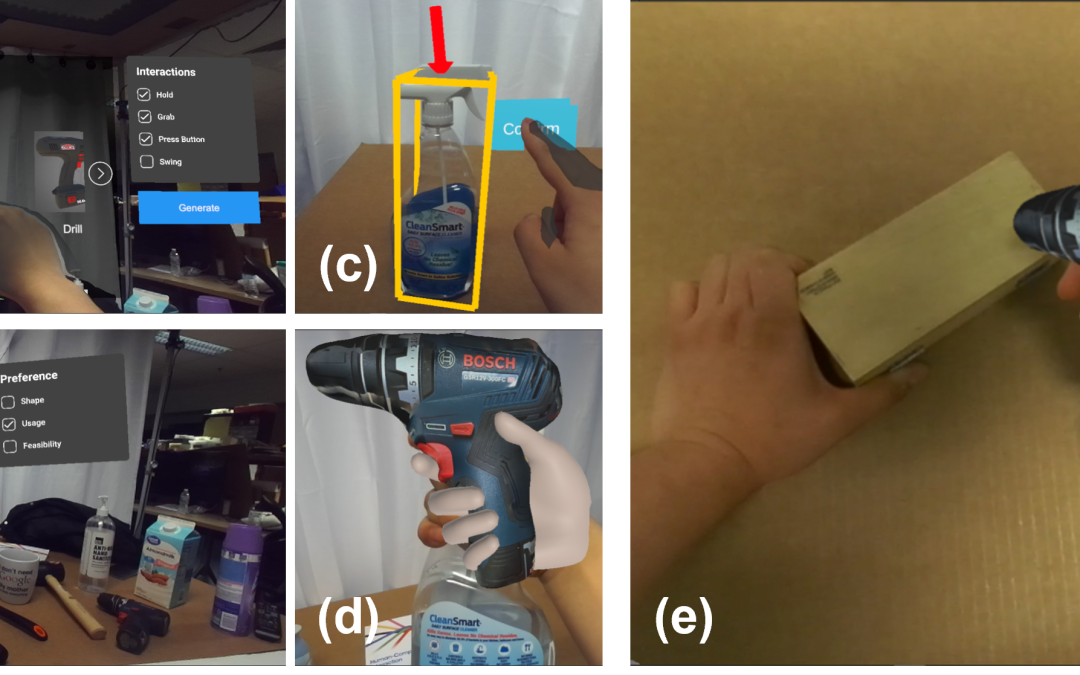

Utilizing everyday objects as tangible proxies for Augmented Reality (AR) provides users with haptic feedback while interacting with virtual objects. Yet, existing methods focus on the attributes of the objects, constraining the possible proxies...
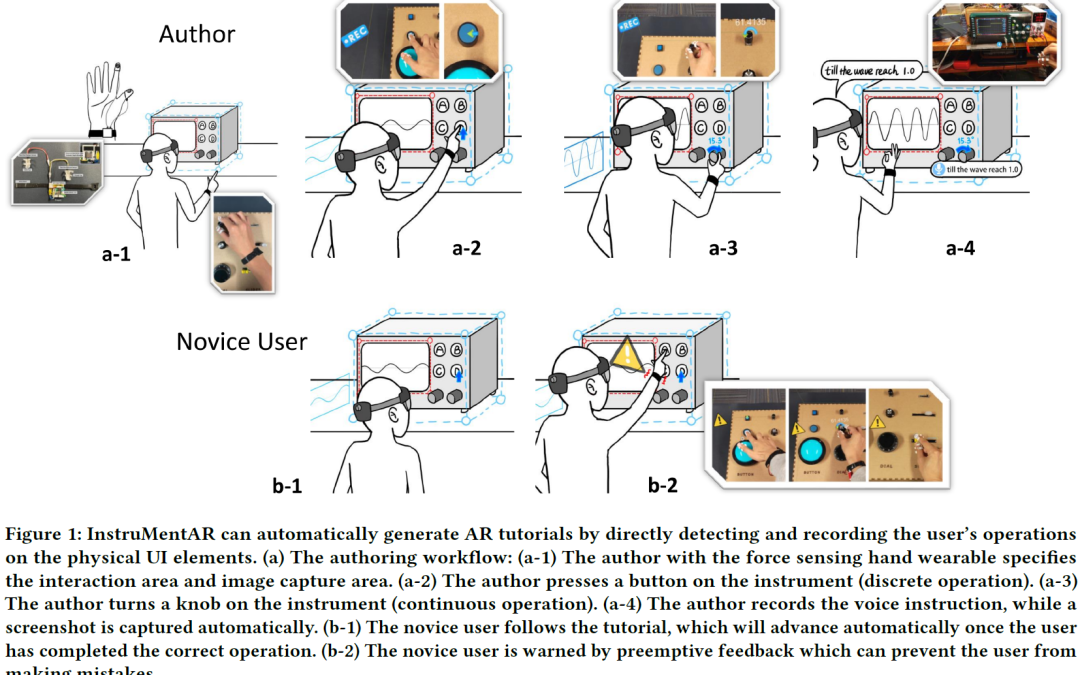
Augmented Reality tutorials, which provide necessary context by directly superimposing visual guidance on the physical referent, represent an effective way of scaffolding complex instrument operations. However, current AR tutorial authoring...
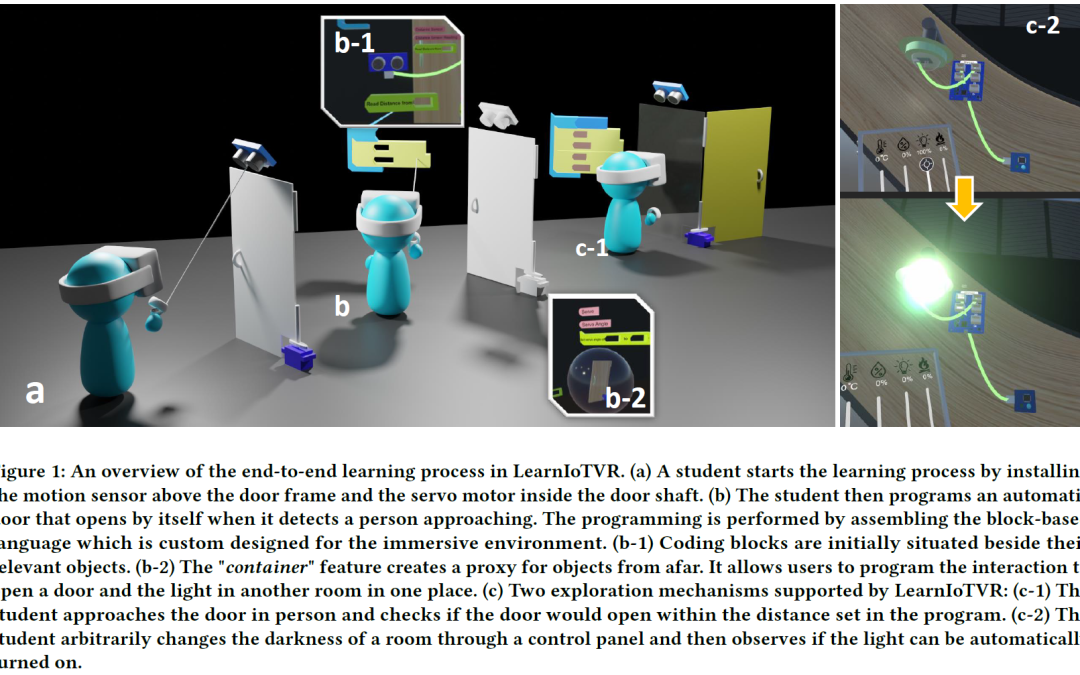
The rapid growth of Internet-of-Things (IoT) applications has generated interest from many industries and a need for graduates with relevant knowledge. An IoT system is comprised of spatially distributed interactions between humans and various...
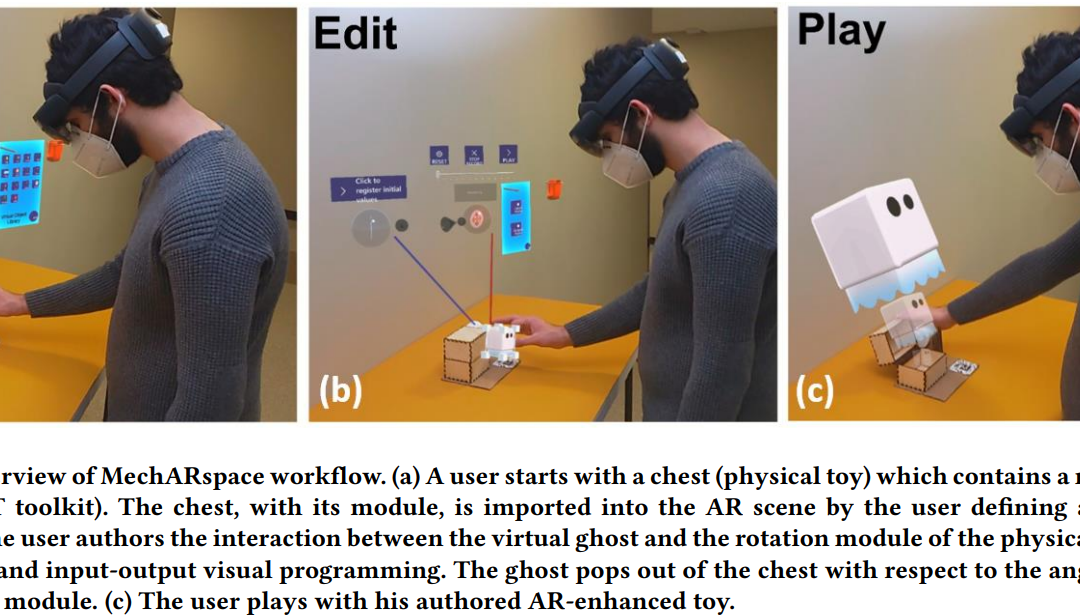
Augmented Reality (AR), which blends physical and virtual worlds, presents the possibility of enhancing traditional toy design. By leveraging bidirectional virtual-physical interactions between humans and the designed artifact, such AR-enhanced...
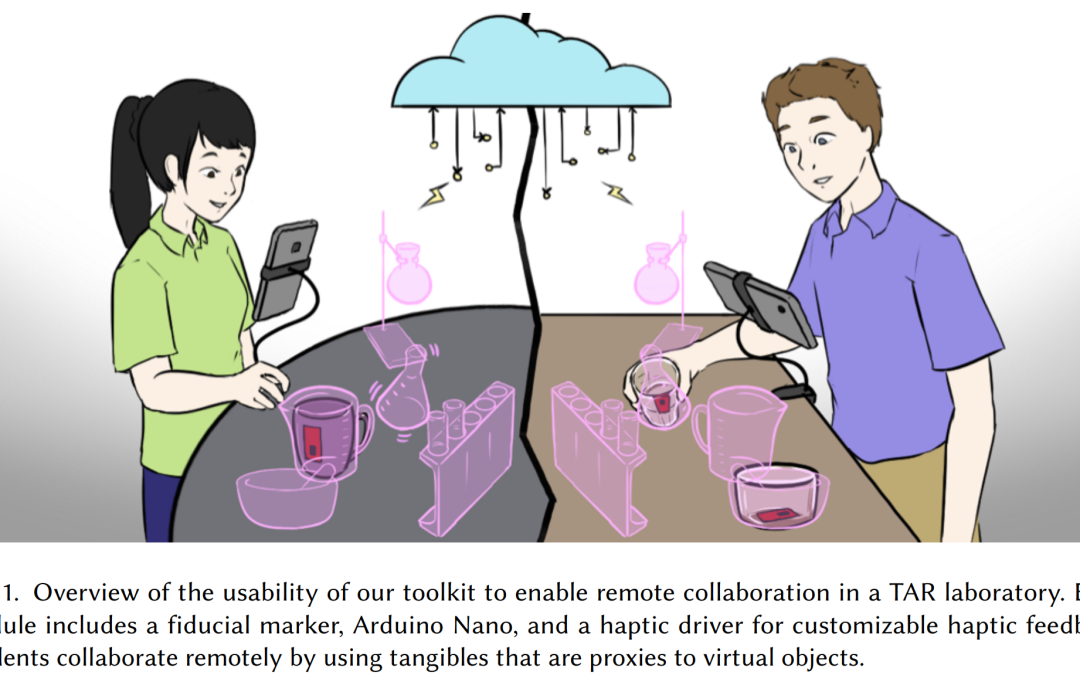
Current times are accelerating new technologies to provide high-quality education for remote collaboration, as well as hands-on learning. This is particularly important in the case of laboratory-based classes, which play an essential role in STEM...

Augmented reality (AR) is a unique, hands-on tool to deliver information. However, its educational value has been mainly demonstrated empirically so far. In this paper, we present a modeling approach to provide users with mastery of a skill, using...
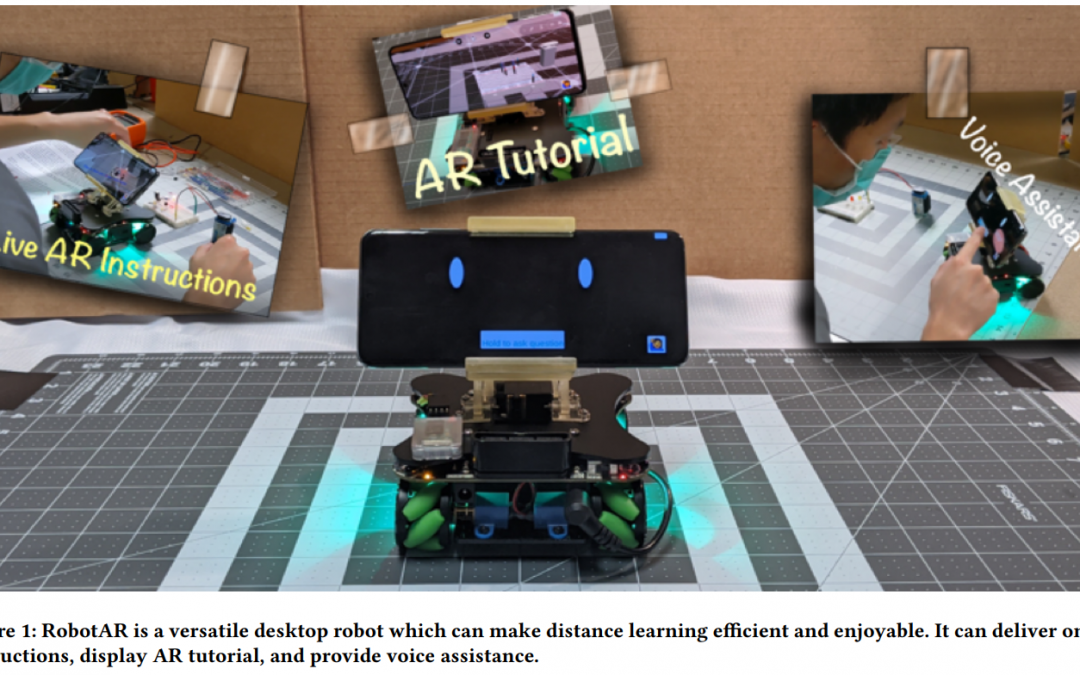
Distance learning is facing a critical moment finding a balance between high quality education for remote students and engaging them in hands-on learning. This is particularly relevant for project-based classrooms and makerspaces, which typically...
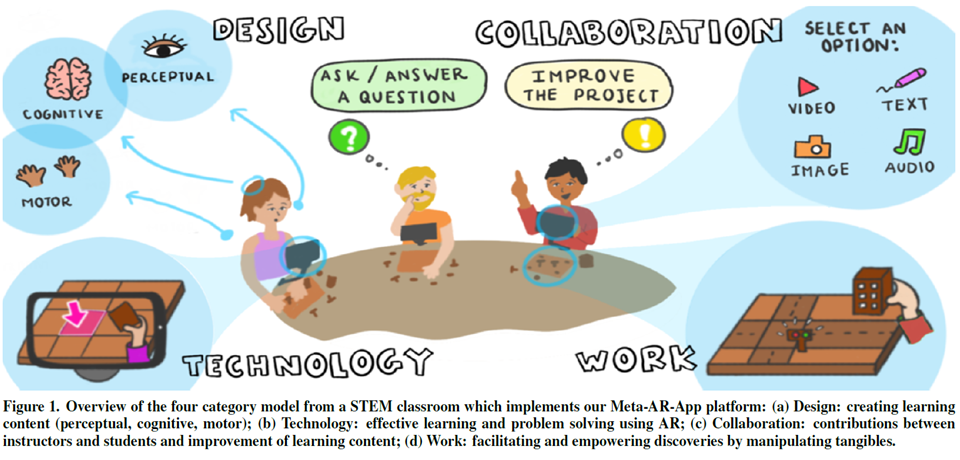
Augmented Reality (AR) has become a valuable tool for education and training processes. Meanwhile, cloud-based technologies can foster collaboration and other interaction modalities to enhance learning. We combine the cloud capabilities with AR...